Discover how Structure and Clarity elevate performance and drive success
and No, it doesn't have to be a disruptive 6 month project
Dear Substack reader,
This week, we're zeroing in on something that might just be the secret sauce to skyrocketing team performance: Structure and Clarity. It's more than just buzzwords; it's about creating a framework where every team member shines, knowing exactly what they're meant to do and how to do it best. And spoiler alert it doesn’t have to be a 6 months project, it can be simple and an easy way to stay align and manage performance.
🌟 5 Key Takeaways from this newsletter
Clarity is King: Understand that clear roles and expectations are non-negotiable for a high-functioning team. Like a compass in the wilderness, they guide every decision and action, ensuring no one loses their way.
Communication is the Lifeline: Establishing open and effective communication channels is not just about talking more; it's about talking right. It's the lifeline that keeps the team connected, informed, and ready to tackle challenges together.
Simplicity Leads to Success: Don't get bogged down by complexity. A straightforward approach to defining responsibilities and expectations can lead to profound improvements in team performance and satisfaction.
Review and Adapt: The only constant in life is change, and that applies to your team too. Regularly reviewing roles, expectations, and communication strategies helps keep everyone aligned and agile.
Collective Effort, Collective Success: Embrace the journey of structure and clarity as a team. Workshops, open discussions, and collaborative planning sessions not only clear up any ambiguities but also foster a sense of unity and shared purpose.
How defining roles and expectations elevates leadership and Team Performance
Structure and Clarity: The Pillars of Team Excellence Beyond Trust and Norms
In our ongoing exploration of the foundational elements that propel teams towards unprecedented success, we’ve delved deep into the realms of psychological safety, trust, and the establishment of effective norms. These pillars, as we’ve discussed, are integral to fostering an environment where decision-making, collaboration, and resilience thrive. Today, we pivot our focus to another critical, yet often overlooked, aspect of high-performing teams: structure and clarity.

Why Structure and Clarity Matter
This shift is inspired by the invaluable insights of Google’s Aristotle Project, which identifies structure and clarity as essential components in the anatomy of successful teams. It’s a testament to the idea that beyond the foundational trust and psychological safety, the practical scaffolding of clear roles, expectations, and communication channels is equally vital.
The Significance of Structure and Clarity
Structure and clarity are about ensuring that every team member knows what is expected of them, understands how their work contributes to the team’s objectives, and possesses the information needed to make informed decisions.
It’s the organizational compass that guides teams through the complexities of collaborative work, ensuring that efforts are aligned, purposeful, and effectively executed.
Why focus on Structure and Clarity?
My journey through various leadership roles has highlighted a recurring theme: teams with a strong sense of structure and clear communication consistently outperform those that operate in ambiguity. This observation is not just anecdotal, it’s the reason why Start-up are efficient; it’s a principle backed by extensive research, including the findings from the Aristotle Project. Teams that excel in these areas not only achieve their goals more efficiently but also create a more satisfying and engaging work environment for their members.
Assessing your team’s structural integrity and clarity
To understand where your team stands, consider the following or better ask them because your perception and the reality might differ:
Role Clarity: Do team members know who’s responsible for what within the team?
Expectation Management: Are goals and expectations clearly communicated and understood within the team but also by the department?
Information Accessibility: Can team members easily access the information they need? Do they have the right context?
The gap between teams that navigate with a clear map versus those wandering in the fog of uncertainty can significantly affect performance, morale, and the ultimate success of the organization.
Building a foundation of Structure and Clarity
Creating a team environment where structure and clarity prevail involves several key steps. Here’s how to cultivate an environment of structure and clarity without overwhelming yourself:
Defining Roles and Responsibilities: This ensures that all team members understand their part in the team’s journey. Keep it simple — ask each team member to outline their top key responsibilities during your next one-on-one.
Establishing Clear Expectations: Precise goals and benchmarks not only guide efforts but also align them with the team’s overarching objectives. Once accountability is clear, during the following 1:1 have a candid conversation and align on what success looks like in their role.
Enhancing Communication: Effective communication mechanisms are crucial for facilitating decision-making, problem-solving, and maintaining alignment. Once you have accountability and expectations, you can go a bit further. Discuss communication preferences and ensure everyone is on the same page (Level and frequency of communication or support you each need, what context is worth sharing, how it all ties back to the organizational objectives…)
You capture all of that, you revise and document it on a quarterly basis. Just like that, you have a simple yet robust ongoing performance review mechanism in place without any surprise!
Navigating Challenges
The road to implementing structure and clarity is not without its obstacles. Resistance to change, the complexity of interdependencies, and the potential for role ambiguity are just a few challenges that may arise. However, with committed leadership, continuous dialogue, and the willingness to adapt, these hurdles can be overcome.
You want to go further and alleviate some of the challenges, do it as a team in a workshop where you can ensure there is no blind spots and no responsibilities left behind. If so, you address it altogether. With a team view, you can ensure the accountability, expectations, and context are greater discussed and reinforced.
The transformative impact of Structure and Clarity
Teams that master the balance of structure and clarity find themselves not just achieving targets but setting new standards of excellence. This alignment does not merely boost efficiency; it enriches the team’s collective spirit, driving decision-making, engagement, and a shared sense of purpose. As much as you do individual follow-up, you can do that review/workshop twice a year and review the performance of the department or team against what you aligned on. It’s useful in times of change as well.
Acknowledging the critical role of Structure and Clarity marks the beginning of a transformative journey for any leadership team
It’s an investment and commitment to refining the mechanisms that enable teams to operate with precision, purpose, and harmony.
For a deeper exploration and practical strategies, keep reading. My next segment will offer actionable insights based on my experience in HR leadership and consulting.
Enjoyed this? Subscribe to my Leadership Insight Newsletter for a regular dose of high-value content delivered straight to your inbox.
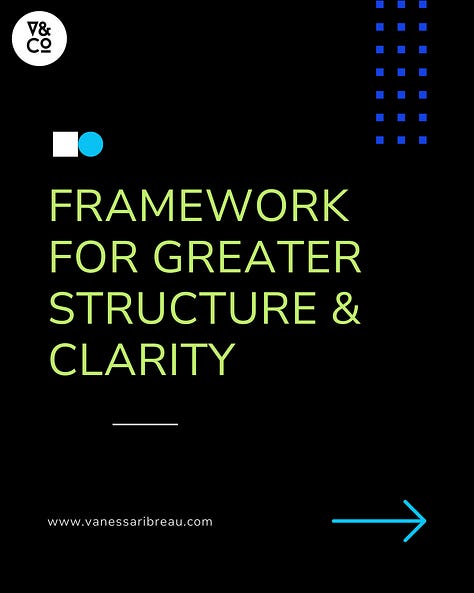
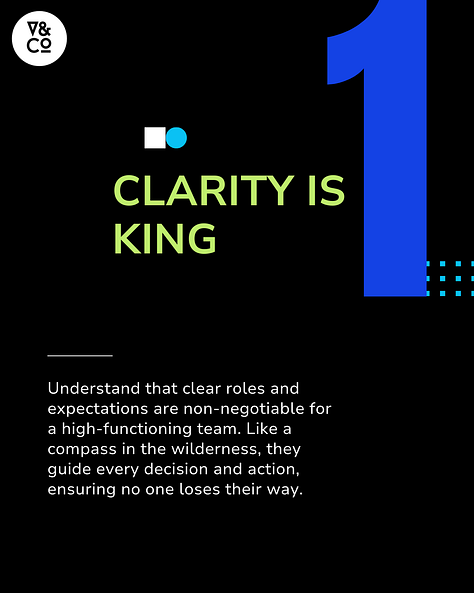
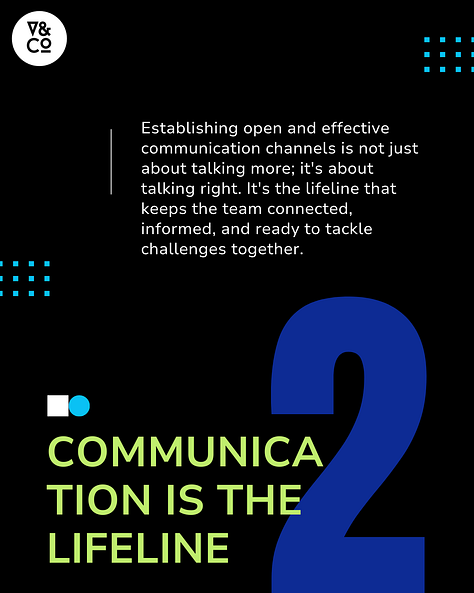
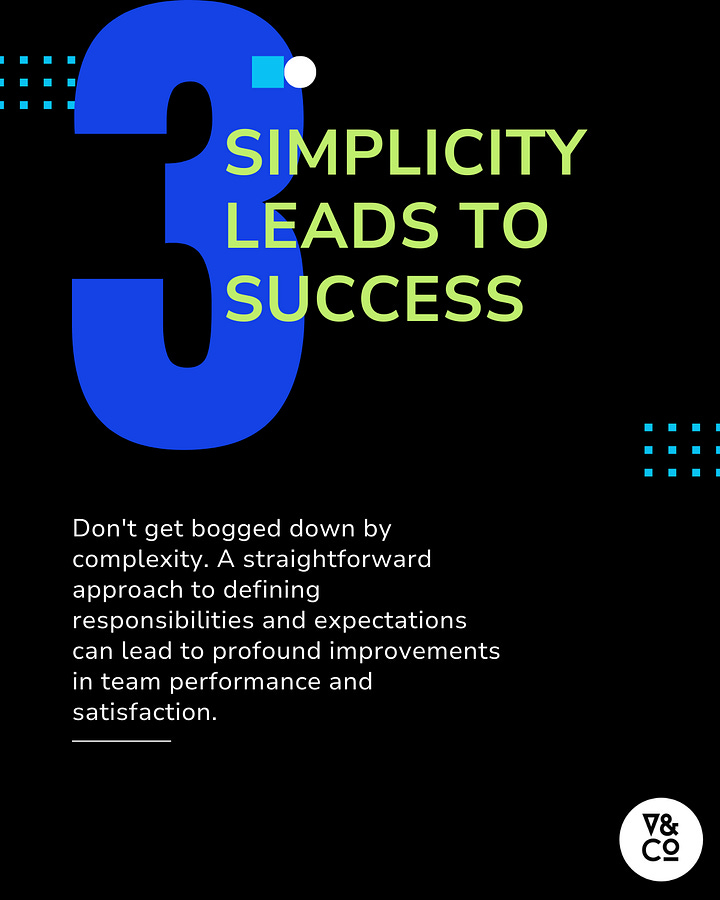
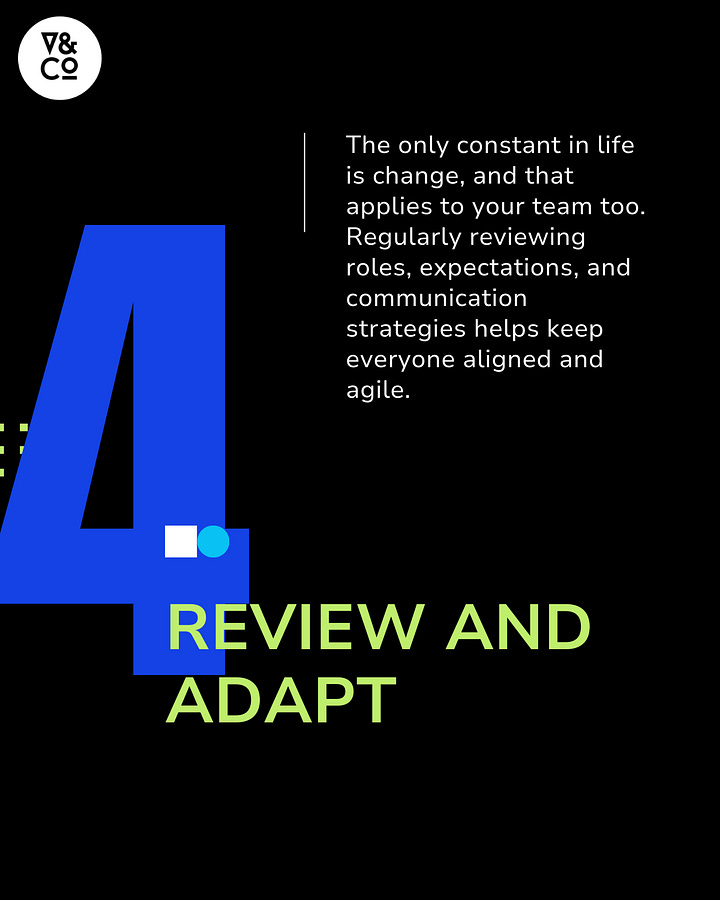
🛠️Practical resources on How to increase Clarity and Structure within your team .🛠️
Step 1: Define clear objectives
Start by defining what you aim to achieve with this assessment. Objectives might include understanding current levels of role clarity, how effectively expectations are communicated, and the efficiency of information flow within the team.
Tips: Focus on the most pressing issues or areas of improvement rather than trying to address everything at once. Prioritize objectives that align with the team's current challenges or goals.
Step 2: Communicate the purpose and process
Inform your team about the assessment's purpose, emphasizing its importance in enhancing team performance and alignment. Assure them that feedback will be used constructively to improve team dynamics.
Tip: Use concise and clear communication channels, such as email or a brief team meeting, to explain the purpose of the assessment and what is expected from team members.
Step 3: Conduct a role and expectations clarity workshop
Organize a Workshop: Arrange a session with your team to collaboratively review and define each member's roles and responsibilities. This workshop provides a platform for open discussion and clarification.
Document Roles and Expectations: Ensure that each role and its associated expectations are documented. This documentation should be accessible to all team members for future reference.
Shortcut: Utilize existing team meetings or allocate a short portion of a scheduled meeting to discuss role clarity and expectations. Encourage team members to come prepared with any questions or concerns.
Step 4: Deploy a structure and clarity survey
Create and distribute a survey to collect individual team members' perceptions of their roles, expectations, and the team's communication effectiveness. Here’s a draft survey you might consider:
Structure and Clarity Survey
Role Clarity:
On a scale of 1-5, how clear are you about your role and responsibilities within the team?
Are there any aspects of your role that you find ambiguous or unclear?
Expectations
How well do you understand the expectations set for your performance? (Rate 1-5)
Are there specific areas where you need more clarity regarding what is expected of you?
Information Flow
Rate the effectiveness of communication within the team on a scale of 1-5.
Are there challenges you face in accessing the information needed to do your job effectively?
Alignment with Organizational Goals
How aligned do you feel your role is with the broader organizational objectives? (Rate 1-5)
Do you have suggestions for improving alignment and communication of these goals?
Feedback and Improvement
How comfortable do you feel providing feedback on team processes and structure?
What suggestions do you have for improving clarity and structure within the team?
Shortcut: Adapt an existing survey template or use an online survey tool with pre-made templates to quickly create and distribute the survey. Tools like Google Forms or SurveyMonkey offer easy-to-use templates for this purpose.
Step 5: Analyze survey results and observations
Collect and analyze the survey responses, looking for patterns or areas where clarity and structure appear to be lacking. Combine this data with your observations and insights from the workshop.
Tip: Use survey tools that provide automatic data analysis and visualization to quickly identify trends and areas for improvement without manually sorting through responses. Focus on key themes or patterns that emerge from the data.
Step 6: Develop an action plan
Based on the analysis, develop an action plan addressing identified gaps. This plan might include:
Revising role descriptions to ensure clarity.
Implementing regular check-ins or reviews to monitor and adjust expectations.
Enhancing communication channels and tools.
Establishing regular team meetings for updates on organizational goals and team progress.
Shortcut: Prioritize action items based on the most common or critical issues identified in the survey and workshop. Delegate specific tasks to team members or schedule follow-up discussions to further refine the plan.
Step 7: Implement changes and monitor progress
Implement the action plan, communicating any changes and new practices to the team. Monitor progress through follow-up surveys and discussions to ensure the changes are effective and to make adjustments as needed.
Shortcut: Start with small, manageable changes that can be implemented quickly without disrupting workflow. Use simple progress tracking methods, such as regular check-ins or brief status updates, to monitor the effectiveness of changes.
Step 8: Foster an environment for continuous feedback
Encourage an ongoing dialogue about roles, expectations, and team dynamics. Creating a culture of openness and continuous improvement will help maintain clarity and structure as the team evolves.
Tip: Encourage ongoing feedback and discussion through informal channels such as team chat platforms or dedicated feedback sessions during regular meetings. Create a culture where feedback is valued and integrated into everyday processes.
By following these steps and utilizing the survey, as a leader you can gain valuable insights into your team's current state of structure and clarity, enabling you to make informed decisions to enhance team performance and cohesion.
📣 Connect With Me
If you have any thoughts, questions, or insights you’d like to share, please feel free to reach out to me on LinkedIn or reply directly to this email. I’d love to hear from you! Feel free to go check my website if you are interested for us to partner together.
🙏 Thank you for spending part of your week with us. Stay strong, keep leading, keep inspiring, and fully embrace the roller coaster of leadership.
Warm regards,
Vanessa



